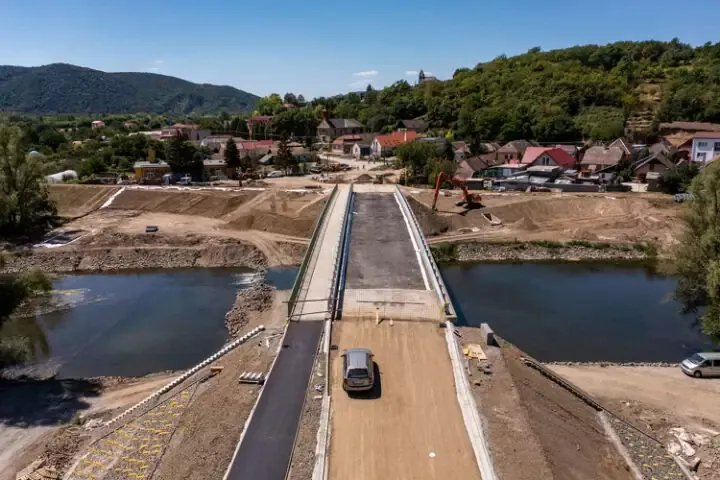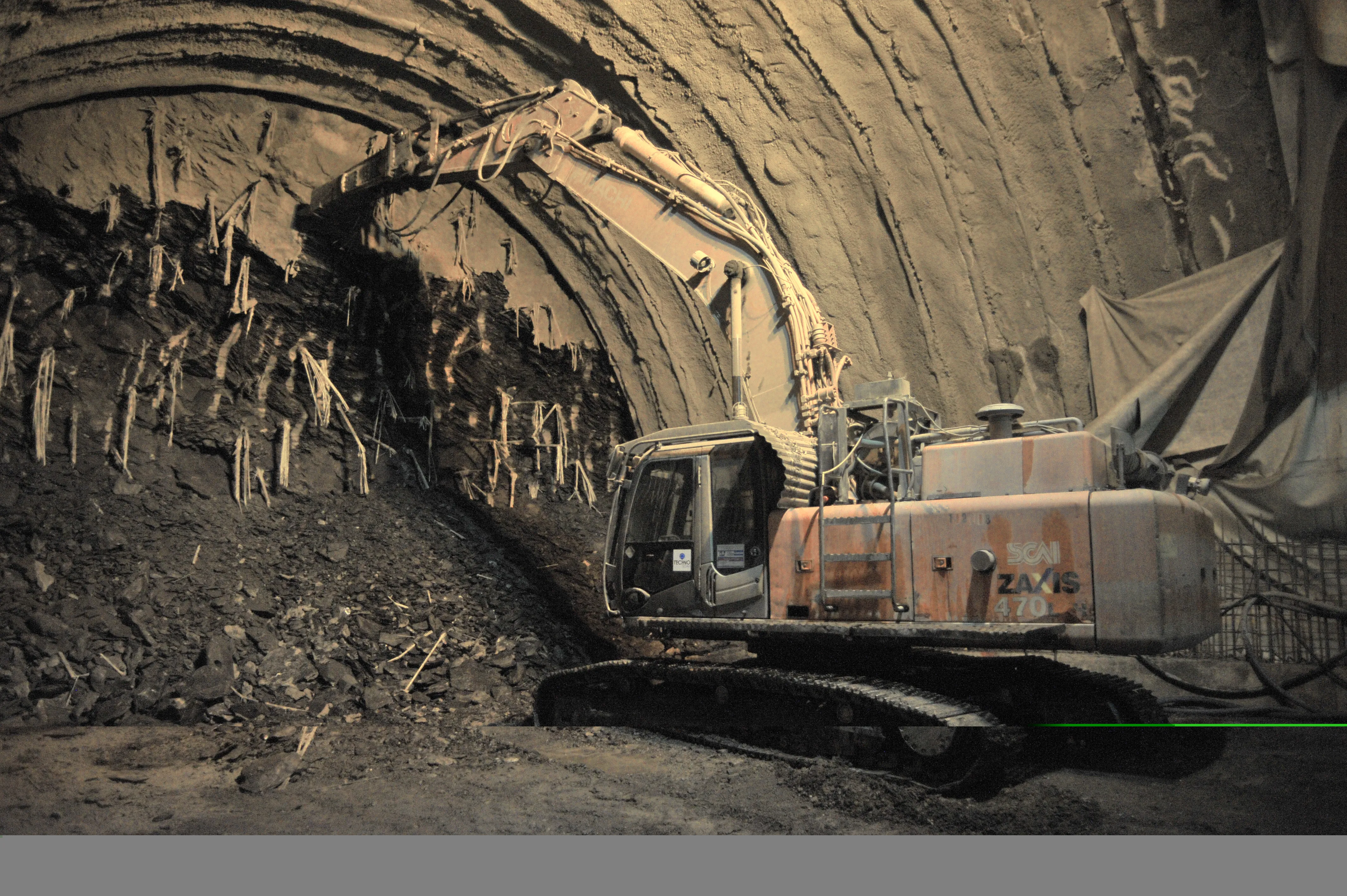Controversy continues to swirl around Bratislava’s proposed D4 motorway bypass and what tunnel options under the Little Carpathian Mountains is the best value.
Only 3km of the 33km D4 in southwestern Slovakia have been built, a short stretch from the Austrian border at Jarovce to the junction with the D2 motorway. It opened in 1998. Since then the government has been studying the best routes to extend the D4 to the D1 motorway between Bratislava and Senec in order to create a southern bypass of Bratislava.
Some experts think that it will be enough simply to link up the existing D1 motorway, which heads out of the capital in a northeast direction towards Trnava, with the D2 motorway heading south into Hungary.
Others want to see the D4 motorway continue under the hills north of Bratislava to join the D2 motorway north of the city, in the direction of the Czech Republic.
Slovakia’s Transport, Construction and Regional Development Ministry is leaning towards the shorter option that likely would exclude tunnels and cost around reach €1.3 billion. This option would be made up of sections of the proposed D4 and another major route, the R7.
Martin Bakos, managing director of Amberg Engineering’s Slovakian office, said he is firmly on the side of completing an 8km tunnel.
Amberg completed a study in 2008 that investigated several options for crossing the Little Carpathians that, apart from a single 8km tunnel, looked at twin unidirectional tunnels and several shorter tunnels connected by open cuts in the rock. However, the study concluded a single long tunnel was likely the best option, to be completed using a tunnel boring machine.
Slovakia’s D2 motorway has the Sitina Tunnel, on the Lamačská cesta - Staré grunty section, that goes under the forested Little Carpathians. The 1.4km Sitina, which opened in 2007, is the first two-tube tunnel in Slovakia. On its official opening day, the ceremony included a drive through the tunnel by a Formula One car driven by David Coulthard.
The Little Carpathians – highest point around 770m -- are a protected environment area stretching around 100km westward from the end of the higher Carpathian Mountains. Infrastructure projects in the area are a delicate issue because of the area’s natural beauty and tourism offering, as well its wine-making industry.
Slovakia continues to ponder an 8km Little Carpathian road tunnel
Controversy continues to swirl around Bratislava’s proposed D4 motorway bypass and what tunnel options under the Little Carpathian Mountains is the best value.
February 12, 2015
Read time: 2 mins








